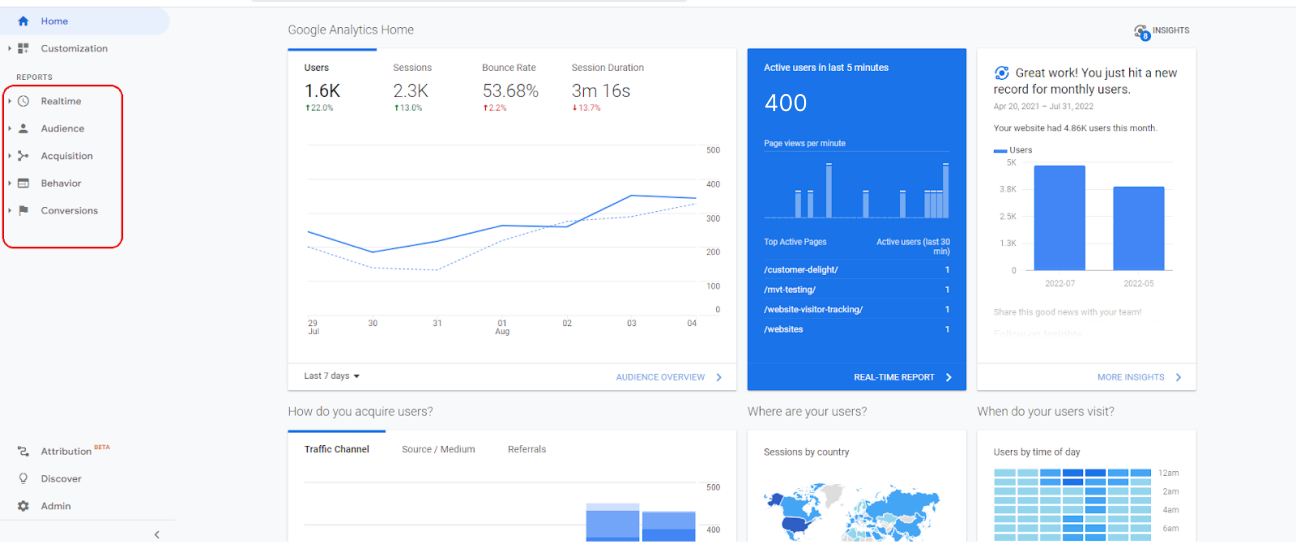Building a successful lead generation campaign can be a challenging task, especially if you are new to the concept. However, with the right strategy and approach, you can create a campaign that generates high-quality leads for your business.
In this article, we will provide you with a step-by-step guide to building a successful lead generation campaign.
Step 1: Define Your Target Audience
The first step in building a successful lead generation campaign is to define your target audience.
- Define your target audience by considering factors such as demographics, interests, pain points, and behaviors.
- Create buyer personas based on your research to help you understand your ideal customers.
- Identify your target audience's needs and preferences to determine the type of lead magnet that will appeal to them.
- Conduct surveys or customer interviews to gather feedback from your target audience and refine your understanding of their needs.
When defining your target audience, it is essential to consider factors such as age, gender, income, location, interests, and buying habits. This information will help you create targeted messaging that resonates with your audience and encourages them to take action.
For example, if you are targeting small business owners, you may want to focus on the pain points they experience when trying to grow their business, such as lack of resources, time constraints, and limited budgets. By addressing these pain points in your messaging, you can build trust and credibility with your audience and position your business as a valuable solution to their problems.

Step 2: Choose Your Lead Magnet
- Create and Choose a valuable lead magnet that solves a specific problem or fulfills a specific need for your target audience which is known as lead magnet..
- Consider the format of your lead magnet, such as a whitepaper, e-book, checklist, webinar, or free trial.
- Make sure your lead magnet is visually appealing and professionally designed to enhance its perceived value.
- Use a clear and concise title that accurately reflects the value of your lead magnet and catches your target audience's attention.
- Include a persuasive description of your lead magnet that highlights its benefits and encourages your target audience to download it.
It is also essential to ensure that your lead magnet aligns with your business goals and objectives. For example, if your goal is to generate leads for a new product launch, your lead magnet should be related to that product and offer a solution to a pain point your target audience may experience.
Step 3: Build Your Landing Page
The landing page is where your target audience will land after clicking on your ad or promotional material. It is essential to create a landing page that showcases your lead magnet and highlights its benefits.
When designing your landing page, it is important to use persuasive copywriting and eye-catching visuals to capture your audience's attention and compel them to take action. Your copy should be clear, concise, and highlight the benefits of your lead magnet, such as how it will solve your target audience's pain points.
It is also important to ensure that your landing page has a clear and compelling call-to-action (CTA). Your CTA should tell your audience what action to take, such as "Download Now" or "Get Your Free Trial." Make sure your CTA stands out on your landing page and leads to a form where visitors can submit their information in exchange for your lead magnet.
Step 4: Create a Call-to-Action (CTA)

Your CTA is an essential element of your lead generation campaign. It is the button or link that your audience will click on to download your lead magnet or submit their information.
When creating your CTA, it is important to ensure that it is clear, compelling, and stands out on your landing page. Use contrasting colors and bold fonts to make your CTA visually appealing and easy to find.
It is also important to ensure that your CTA is action-oriented and conveys a sense of urgency. For example, "Limited Time Offer" or "Don't Miss Out" can create a sense of urgency and encourage your audience to take action.
Step 5: Drive Traffic to Your Landing Page
Once you have created your landing page and lead magnet,
- Drive traffic to your landing page using various methods, including paid advertising, social media, email marketing, and search engine optimization (SEO).
- Consider using paid advertising platforms such as Google Ads or Facebook Ads to target specific demographics and interests and reach your ideal audience.
- Leverage your social media accounts to promote your lead magnet and drive traffic to your landing page.
- Use email marketing to promote your lead magnet to your existing email subscribers and encourage them to share it with their networks.
- Optimize your landing page for search engines by including relevant keywords and meta tags to improve your search engine ranking and attract organic traffic.
Understanding the psychology of lead generation is critical in creating an effective marketing strategy. By understanding the pain points and motivations of your target audience, you can create targeted marketing campaigns that attract potential customers and move them down the funnel.
Step 6: Track Your Results and Optimize

Tracking your results is essential to the success of your lead generation campaign. Use analytics tools such as Google Analytics to track your website traffic, conversion rates, and lead generation metrics.
By analyzing your results, you can identify areas where your campaign is performing well and areas that need improvement. Use this information to optimize your campaign and make adjustments as needed.
For example, if you notice that your conversion rates are low, you may want to revise your landing page copy or change your CTA to make it more compelling.
conclusion
Understanding the psychology of lead generation is critical in creating an effective marketing strategy. By understanding the pain points and motivations of your target audience, you can create targeted marketing campaigns that attract potential customers and move them down the funnel.
Additionally, by building trust with your target audience and personalizing your marketing efforts, you can create a more engaging and effective marketing campaign. Overall, the psychology of lead generation is a critical aspect of any successful marketing strategy.





